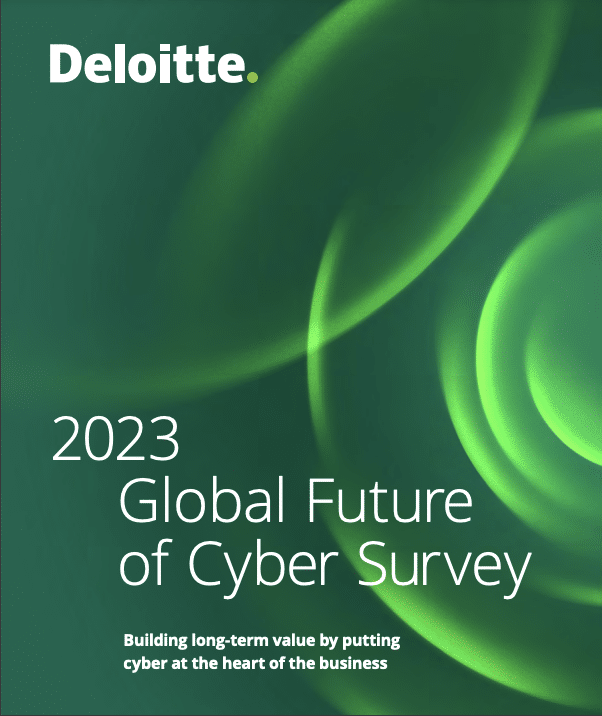
Hybrid cloud environments are a common sight in today’s digital world. IBM’s Assembling Your Cloud Orchestra report found 85% of organizations already utilize a hybrid cloud and 98% anticipate having one in place within three years. This type of cloud environment allows for more agile business processes, a novel infrastructure and produces potential new revenue streams.
Hybrid cloud adoption takes on an even greater role, now. Millions of people adapted to remote work, something many weren’t asked (or allowed) to do before March 2020. The remote workforce includes security and IT teams, who now have to manage IT systems and keep them safe while working from home. It turns out the hybrid cloud that helps workers with their day-to-day job duties also helps meet remote working challenges.
Hybrid Cloud Advantages and Challenges
The advantage of the hybrid cloud for remote security teams is that ability to separate data and workloads based on security and compliance needs. Because public cloud security is shared between the cloud provider and the internal team, processes for working remotely are already in place. After all, these teams aren’t working together in the same room or building. In public clouds, security teams can designate the actions needed in each instance, ranging from encryption to permissions. This enables remote workers to continue with normal production while giving security teams the opportunity to deploy good hygiene practices. Cloud providers secure the overall public cloud, freeing internal IT to maintain the private cloud side.
Hybrid cloud security also allows for business continuity. If there is a problem, the cybersecurity team can address it while keeping the business up and running.
Potential Pitfalls With Hybrid Cloud On the Go
There are some challenges for remote security teams working in a hybrid cloud model. Ensuring efficient security risk assessments may be difficult, and the team must ensure compliance standards are upheld by remote co-workers.
By not performing risk profiles, security teams and IT staff aren’t easily able to detect where, when and how an incident occurred or where new risks might appear. In addition, when dealing with remote work the team needs to come up with processes to continue with risk assessments, perhaps without the normal resources they have on-site.
Making sure the rest of the employees remain in compliance of data privacy laws is more difficult. Data moves within the hybrid cloud and may be stored in an insecure public cloud format by mistake. Workers need access to that data; it can’t stay onsite when working remotely. Educate workers so they understand the importance of data compliance and the steps they should take. But, overall, the burden for both awareness and compliance will still fall to the security team.
A Single Pane of Glass
Keeping an eye on the hybrid cloud workflow and risks is a challenge no matter where the security team is based. One solution is the ‘single pane of glass’ architecture, which offers a way to monitor the entire system through a single display. This allows security and IT teams to manage all the security tools — and keep the organization in compliance with data privacy regulations — through one single dashboard, with insight into everything happening within the hybrid cloud infrastructure.






